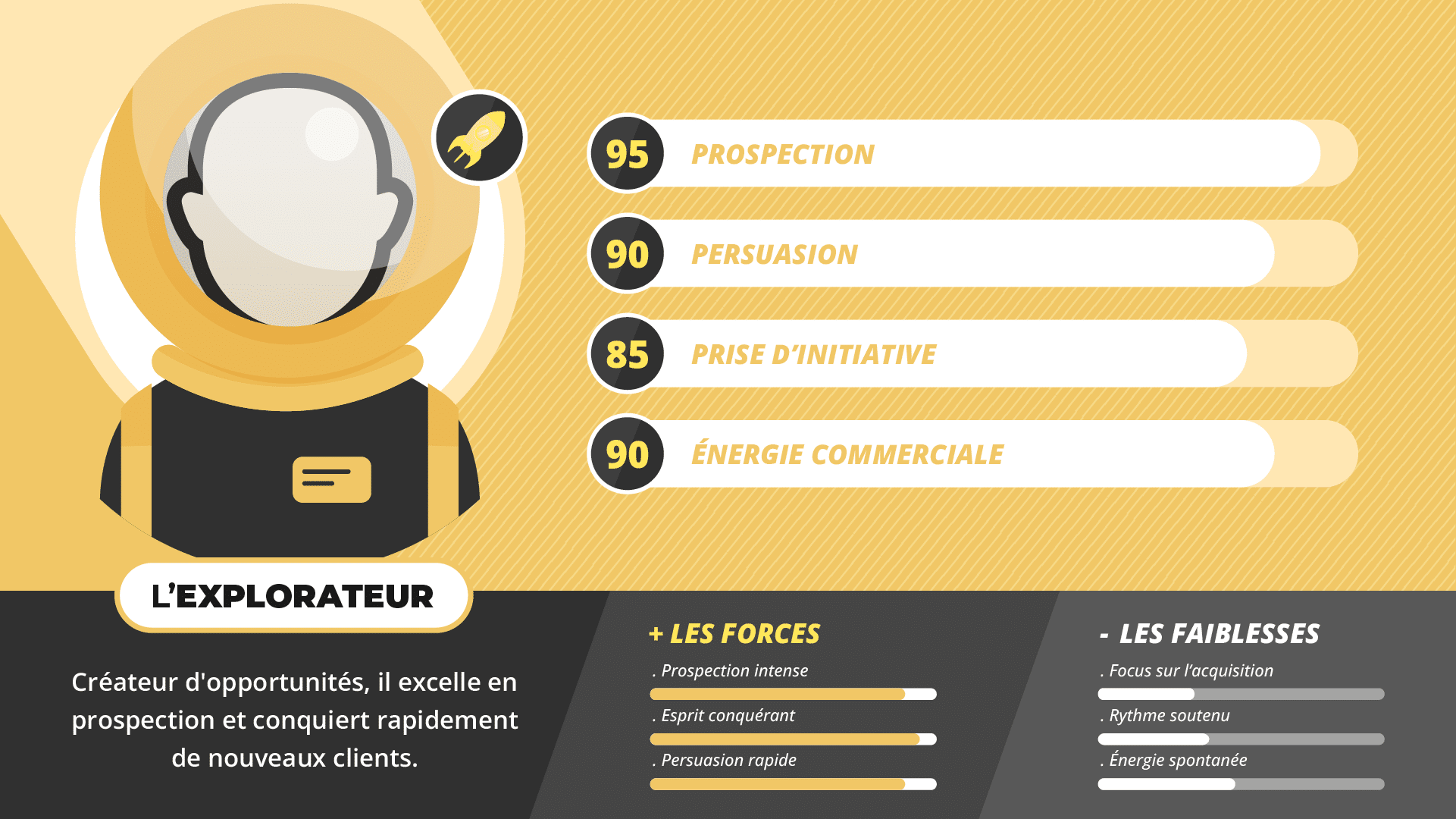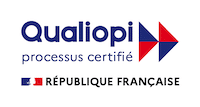So how do you put an end to meetings that no-one wants to attend?
Here are 6 "disaster scenarios" to avoid, and our tips for replacing them with useful, effective and motivating meetings.
1. The mountain that gave birth to a mouse
The meeting was called to deal with a generic theme: for example, the new European regulations affecting our sector.
There's a lot of talk, a lot of time, and everyone has a more or less well-informed opinion, but no decisions are made and no action is taken. Key information could have been passed on in advance of the meeting, and that would have been more effective. After a while, many people wonder why they're there at all. What's more, no one really knows what the expected outcome was. And that's the problem.
Our advice:
Always set one or more concrete and precise objectives for your meeting, for example: to prepare or validate a decision, to define an action plan, to provide a progress report on a project, to inform the group of a decision, or to share internal best practices... The meeting will be a success if you and the participants have made tangible progress on your subject by the end of it.
2. The general brawl ("Settling scores at the OK Corral")
Sometimes, a subject discussed at a meeting can give rise to contradictory reactions. While the expression of different points of view is generally desirable, and often leads to the emergence of the best solutions, it can become a real burden whenit turns into a heated debate, or even head-on opposition. Poorly moderated and unfocused, the debate can drag on and on, or take on a confrontational character, with the risk of everyone sticking to their positions and tensions crystallizing, thereby rendering the meeting completely sterile...
Our advice:
Take note of objections, but don't necessarily deal with them all immediately, or react to them on the spot. If a point of agreement can't be reached quickly, don't let the debate between antagonistic positions fester, and get on with the agenda. Simply define when and in what context the subject will be decided.
3. The one-man show
Recognize it? This is the meeting in which participants are treated as mere spectators. It's conducted in a "top-down" mode in front of passive, not to say captive, listeners.
While the presenter is certainly delighted to have an audience to admire his talents or applaud his ideas, he nevertheless deprives himself of the richness of the team's contributions on his subject, or of the relevance of feedback on the project he's presenting... And that's rarely a good idea!
Our advice:
A meeting is neither a lecture nor a presentation! It's a time for collective work to which all participants have been invited to be active contributors. Invite all the relevant and/or competent people, and encourage active, balanced participation by everyone, with an objective known and understood by all. Even when it's a "presentation", allow for interaction with your audience, to encourage participants to project themselves into action, and implement the elements shared.
4. La sempiternelle ("A never-ending day")
It's the (all too) routine meeting. It always takes place at the same frequency (every month, every week...), at the same time, with the same people, and its flow is unchanging. A typical example: first the figures for the month are presented, then the objectives for the next month, and finally, a round-table discussion on current actions. The risk with this type of meeting: after a while, you don't even really know what it's for, and above all, you're bored out of your mind! As a result, it's up to the participants to come up with the best excuse to get out of it, and for those who stay, it's a real chore...
Our advice:
It's sometimes useful to schedule "regular" meetings, such as a weekly update. If this is the case, choose a short format with dynamic, highly interactive content.
In all other cases, systematically ask yourself what format and mode of facilitation will be most effective in ensuring that the meeting achieves what you want it to, and "vary the pleasures" (metaplanning workshop, brainstorming, world café... )!
5. A parenthesis that goes on forever
Sometimes, during a meeting, one of the participants will challenge the group on a situation that is specific to him or her, or the moderator will focus on a point that concerns a minority of them. If the parenthesis drags on for too long, this can have several negative effects: either the other participants intervene without being invited to do so, acting as "judges" or "arbiters" for their colleagues on a subject that is not their responsibility; or, not being concerned, they relax their attention for a long time, and good luck getting them on board again for the next part of the agenda! Not only is the individual case not dealt with properly, but it's a real waste of time for the whole group.
Our advice:
In meetings, if there are many subjects to be dealt with, adopt the following benchmark: "to be invited, each participant must be interested in at least 70% of the subjects dealt with during the meeting, and to be put on the agenda, each subject to be dealt with must concern at least 70% of the participants invited". Particular cases and subsidiary subjects raised during the meeting should be noted, to be dealt with at a later date, in an appropriate setting.
6. Absentees are always wrong
We're dealing with a subject that concerns several departments, with a direct impact on everyone's activity. However, not everyone was invited to the meeting, or the meeting was held despite the fact that some of those invited were unable to attend. As a result, no decisions can be firmly validated, or decisions will run counter to the wishes of those absent, and/or more time will be needed to report back to those absent after the meeting, in compensation. It's a double whammy for everyone!
Our advice:
Organize a meeting only if it's useful and necessary, and when it is, give yourself the means to make it effective: choose the right format, the right timing, and make sure everyone whose contribution is needed is present. When it's difficult to bring them together, opt for document sharing and online collaborative solutions to move issues forward, rather than multiple meetings and email exchanges in restricted committees.
By avoiding these 6 most common "worst-case scenarios" (we could even add others, such as "La clandestine", which is improvised by three people on a corner of a desk and disturbs everyone in the open space in the process! 😉 ), you'll restore your meetings to their true vocation: to be a space for sharing ideas and a time for effective, useful collaborative work, in which "the productivity of the whole represents more than that of the sum of the parts". And your employees will once again enjoy taking part!
Did you know that 95% of your success is linked to your state of mind? To learn how to manage your emotional charge more effectively, discover the Triad method in this webinar:






